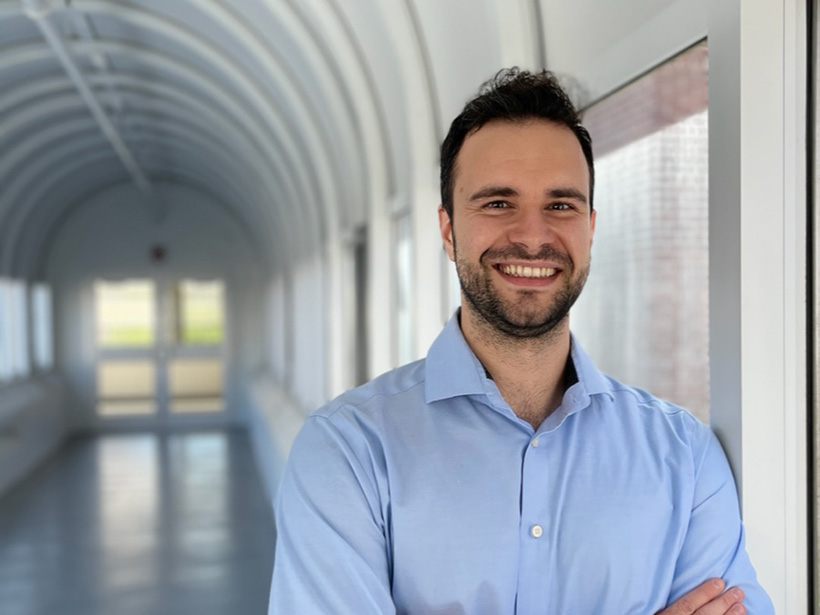Fernando Temprano-Coleto has always loved machines. As a child, he was fascinated by cars and engines, and he envisioned himself becoming an engineer for a private company. He began a bachelor’s degree in engineering at the Universidad Politécnica de Madrid with this career in mind, but a summer internship changed his path.
The internship was at Harvard University, where Temprano-Coleto worked on modeling the origin of life without biochemical building blocks like DNA and amino acids. Almost immediately, he fell in love with the careful thinking and continuous learning that characterizes academic research. “That’s when I knew that I wanted to do a Ph.D. and I was going to go into research,” he said.
The internship also left Temprano-Coleto with an interest in combining fluid mechanics and chemistry. Later, as a Ph.D. student at the University of California, Santa Barbara, he explored this interface by studying molecules called surfactants, which lower the surface tension between liquids. Surfactants have practical applications (like making boats glide smoothly to reduce fuel consumption), but Temprano-Coleto’s most popular experiment was more whimsical. He and his colleagues made a video showing how surfactant chemistry allows soap to solve a maze. The video landed him a spot on the Spanish TV show El Hormiguero, which often features interviews about wow-factor science.
Temprano-Coleto has said intellectual curiosity drives his work, but he also appreciates the environmental applications that often come out of fluid mechanics research. Now, as a postdoctoral fellow at Princeton University, he’s using concentration gradients of charged particles to separate microplastics from water. This technology might one day allow water treatment facilities to remove microplastics before returning water to the environment—something that’s prohibitively expensive using traditional filters. “It’s really nice to be working on something that can eventually have a real effect on the world,” he said.
This profile is part of a special series in our August 2022 issue on science careers.
—Saima May Sidik (@saimamaysidik), Science Writer



